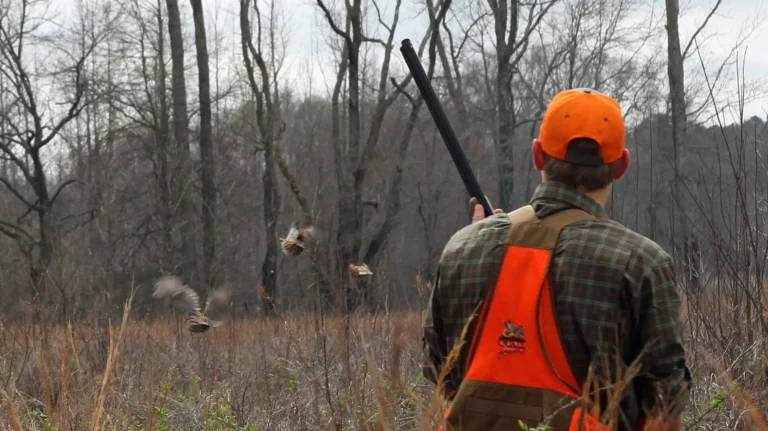According to a new report commissioned by the Alabama Black Belt Adventure Association (ALBBAA), tourism in Alabama’s 23-county Black Belt region will generate an annual economic impact of $3.8 billion in 2023, with approximately 45,500 It is said to have created employment for people.
The economic impact of tourism to the Black Belt region nearly doubled from 2020 to 2023, increasing from $1.9 billion in 2020 at the height of the COVID-19 pandemic to $3.8 billion in 2023.
Alabama Governor Kay Ivey said, “Tourism is a critical component to the growth of Alabama’s economy.” “Growing up in the heart of Wilcox County’s Black Belt, I was inspired by what our region had to offer, from outdoor recreation like hunting and fishing to world-changing cultural events, talented artisans and craftspeople, and historic sites. I understand there is a lot going on, and I look forward to seeing the tourism industry grow in the Black Belt region.”
The report, titled “The Economic Impact of Tourism in Alabama’s Black Belt Region,” was authored by Dr. Kayvan Delavi of Montgomery-based Economics Research Services. The period to 2023 includes the following key findings:
The economic impact of Black Belt tourism increased from $1.9 billion in 2020 to nearly $3.8 billion in 2023. Black Belt tourism will generate an estimated 45,500 direct and indirect Alabama jobs in 2023, reflecting an approximately 5 percent increase from 2022. Direct and indirect payroll will reach $1.25 billion in 2023, an 8% growth rate from 2022. Alabama state and local governments received $219 million in tax dollars from Black Belt Tourism. Hunting and fishing have an annual economic impact of $1.7 billion and account for nearly half of the Black Belt’s tourism spending. Tourism injected $750 million into the local county economy in 2023. Black Belt Tourism accounts for her $70 million in contributions to the Alabama Education Trust Fund and general fund.
“Black Belt, Alabama attracts visitors for a variety of reasons, including outdoor recreational activities such as hunting, fishing, birding, hiking, and camping,” said Pam Swanner, director of the Alabama Black Belt Adventure Association. ” “Black Belt is also blessed with cultural events and festivals, such as the Quilt Airing at Gee’s Bend, and many historic buildings. Given its vibrant arts and food scene, why do so many… It’s easy to see why people travel the beautiful back roads all year round.”
All 23 Black Belt counties have experienced tourism growth since 2020, according to the report.
“Those of us who live in the Black Belt have known for years that we have access to a wealth of recreational and cultural activities, and people across the country and around the world are now clearly aware of it,” Greenville said. Mayor Dexter McClendon said. ALBBAA Board of Directors. “We’ve seen people visit Greenville from so many different places that it’s hard to remember them all, but this report shows that tourism brings tremendous economic benefits to the entire region. Tourism is an important part of the local economy in all 23 Black Belt counties.
advertisement. Scroll to continue reading.
According to the report, all regions of the Black Belt benefit from tourism.
“This report clearly shows that every county in the Black Belt region benefits from tourism, and also shows that tourism dollars have a positive impact on state budgets. “We’re working hard,” Swanner said. “Our organization is dedicated to highlighting outdoor recreational opportunities and collaborating with community partners to provide visitors with an immersive experience of cultural heritage. It’s very gratifying.”
The Black Belt includes 23 counties: Barbour, Bullock, Butler, Choctaw, Clark, Conecuh, Crenshaw, Dallas, Greene, Hale, Lee, Lowndes, Macon, Marengo, Monroe, Montgomery, Perry, and Pickens. , Pike, Russell, Sumter, Tuscaloosa and Wilcox.

